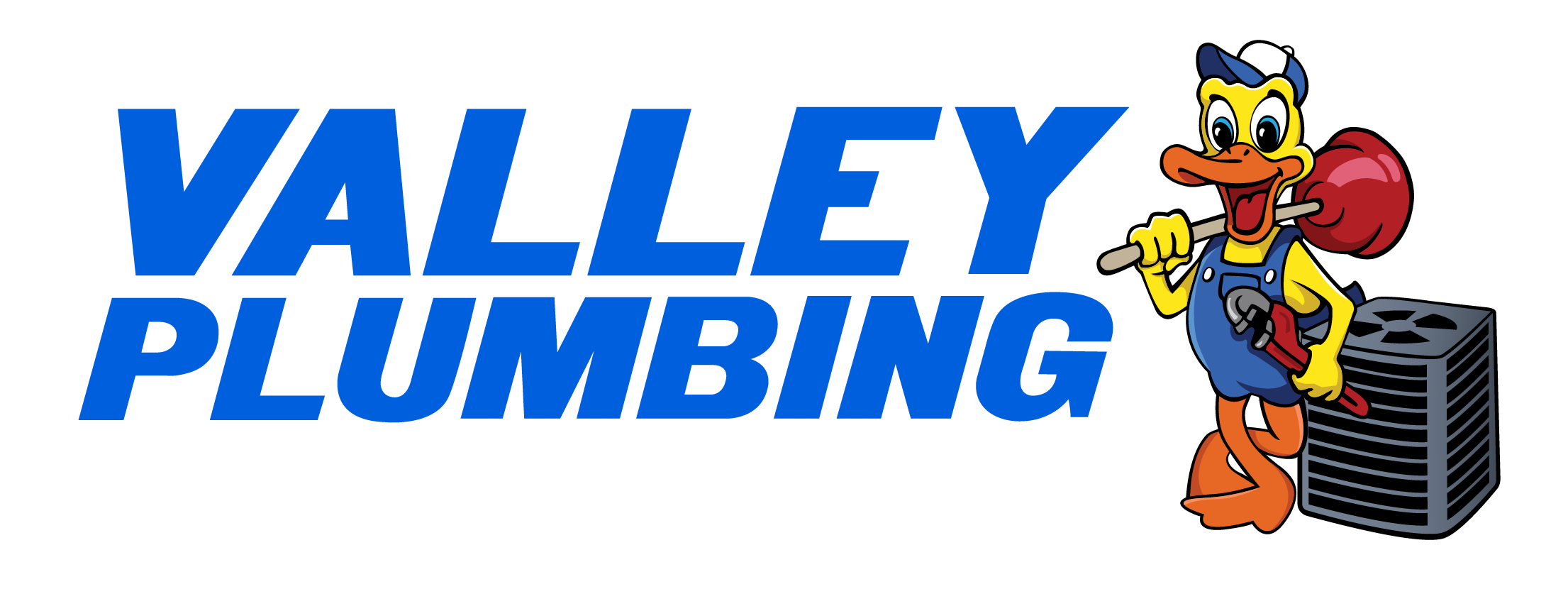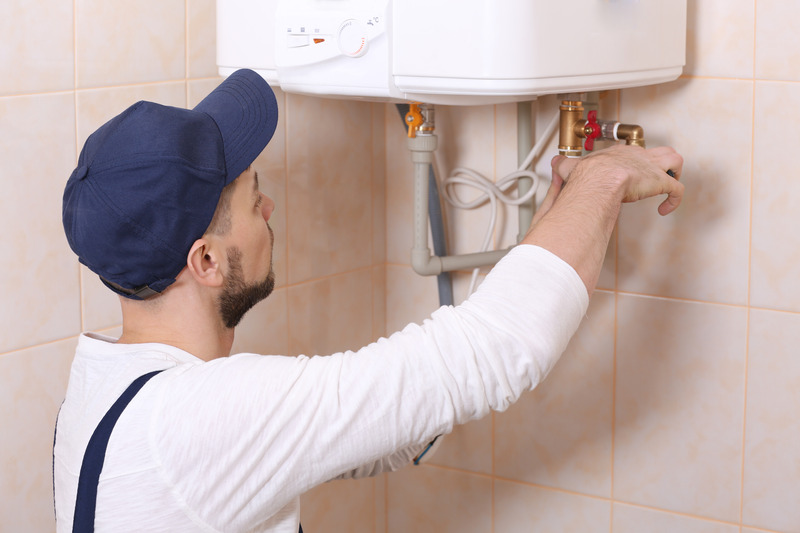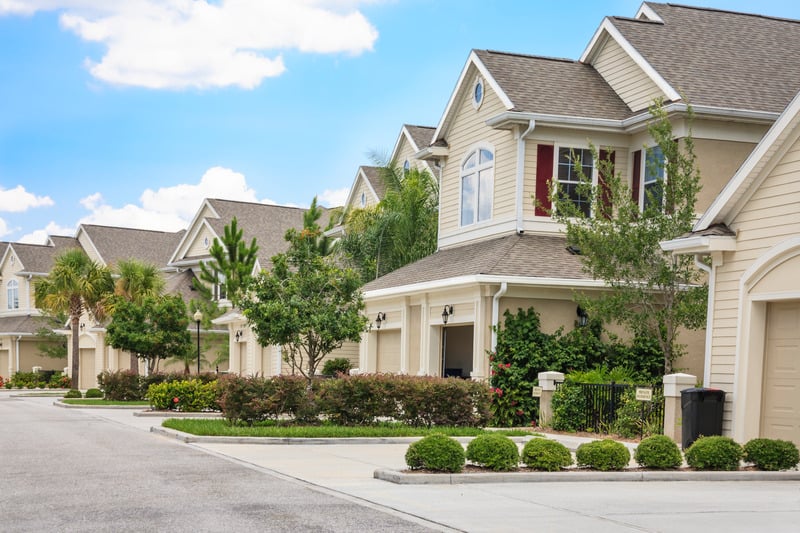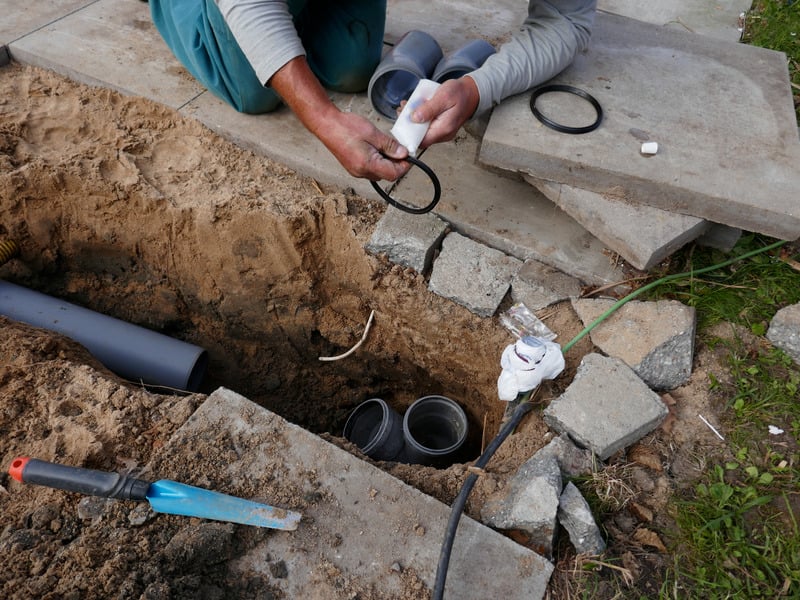As a homeowner in Orem, having a reliable, functioning water heater is essential for day-to-day comfort. Whether it’s taking a warm shower, washing dishes, or doing laundry, you depend on your water heater every day. However, like all appliances, water heaters can experience issues over time. When your water heater isn’t working as it should, you need a trusted professional to help you get things back in working order. That’s where water heater repair in Orem comes in. In this article, we’ll explore why so many Orem homeowners choose professional repair services for their water heaters in Orem.
1. Expertise and Experience
When it comes to repairing or maintaining your water heater, expertise is key. Water heater repair in Orem is provided by professionals who come with years of experience and specialized knowledge in handling various water heater models. Whether you have a tankless water heater, a conventional tank-style heater, or a high-efficiency model, professional technicians have the tools and training necessary to diagnose and repair the issue accurately.
Attempting to repair a water heater yourself can lead to further damage, voiding any warranties or causing safety hazards. Trusting experienced professionals ensures that the job is done right the first time, saving you time, money, and the headache of dealing with potential issues later on.
2. Efficient Diagnosis and Timely Repairs
Water heater problems can range from minor issues like temperature fluctuations to more complex problems like complete failure. Without the right tools and knowledge, it can be difficult to pinpoint the exact cause of the problem. Professional water heater repair in Orem uses advanced diagnostic tools to quickly identify the issue and provide an effective solution.
Whether it’s a malfunctioning thermostat, a faulty heating element, or sediment buildup in the tank, professionals can get to the root of the problem and perform timely repairs. This quick turnaround means you won’t be without hot water for long, minimizing disruption to your daily routine.
3. Preventing Further Damage and Extending the Life of Your Water Heater
Regular maintenance and prompt repairs are essential for extending the life of your water heaters in Orem. Professional technicians not only fix the immediate issue but also provide preventative care that can prevent further damage. For example, sediment buildup is a common issue in Orem’s hardwater areas. Over time, this buildup can reduce the efficiency of your water heater and even cause long-term damage.
By scheduling regular maintenance with a professional plumber, you can ensure that your water heater stays in good working condition for years to come, saving you money on costly replacements and repairs down the road.
4. Safety Considerations
Water heaters can pose safety risks if not properly maintained or repaired. Gas water heaters, for example, can present a risk of carbon monoxide leaks, while electric water heaters can cause electrical hazards if they are mishandled. Professional water heater repair in Orem ensures that your water heater is working safely and efficiently.
A licensed plumber is trained to handle any potential safety risks associated with water heater repair and will take all necessary precautions to prevent accidents. Whether it’s checking gas connections, ensuring proper venting, or handling electrical components, a professional repair service ensures your water heater is safe to operate.
5. Upgrading to Energy-Efficient Models
As energy efficiency becomes increasingly important, many Orem homeowners are opting for newer, more energy-efficient water heaters. Professional water heater repair services can not only fix your existing unit but also help you explore options for upgrading to a more energy-efficient model if repairs are no longer cost-effective.
Tankless water heaters and high-efficiency models are more energy-efficient, reducing your energy bills while providing endless hot water. A professional can guide you through the best options for your home and provide expert installation and setup, ensuring you get the most out of your new water heater.
When it comes to water heater repairs in Orem, professional services offer numerous benefits. With their expertise, efficient service, and focus on safety, they help ensure that your water heaters in Orem continue to function properly for years. Whether it’s a simple repair, routine maintenance, or an upgrade to a new energy-efficient model, professional water heater repair in Orem will take care of your needs.
If your water heater is showing signs of wear or malfunctioning, don’t wait for the problem to get worse. Contact Valley Plumbing and Drain Cleaning for expert service and reliable repairs. Our team of experienced professionals is ready to help you keep your water heater running smoothly.
Contact us today to schedule an appointment!






